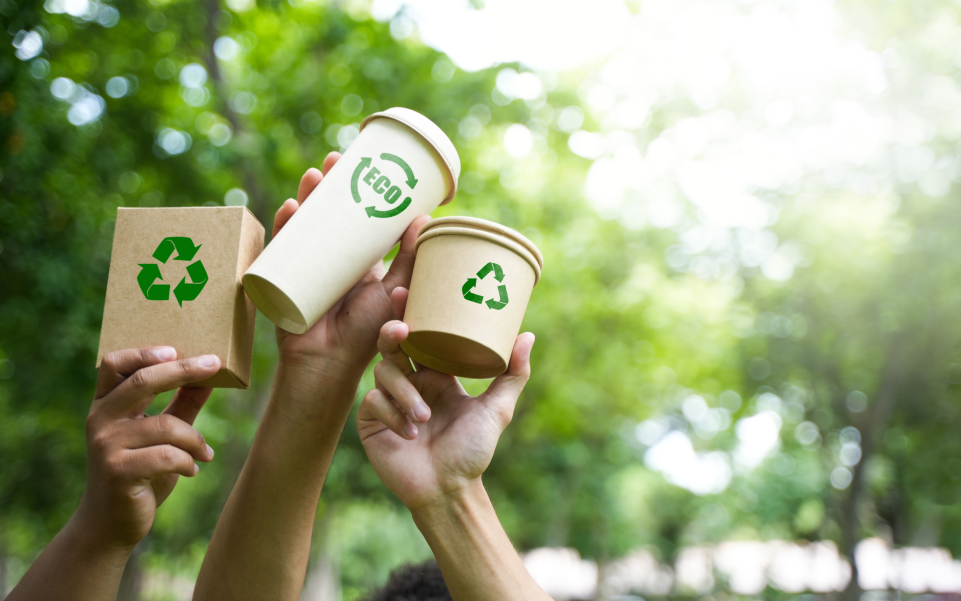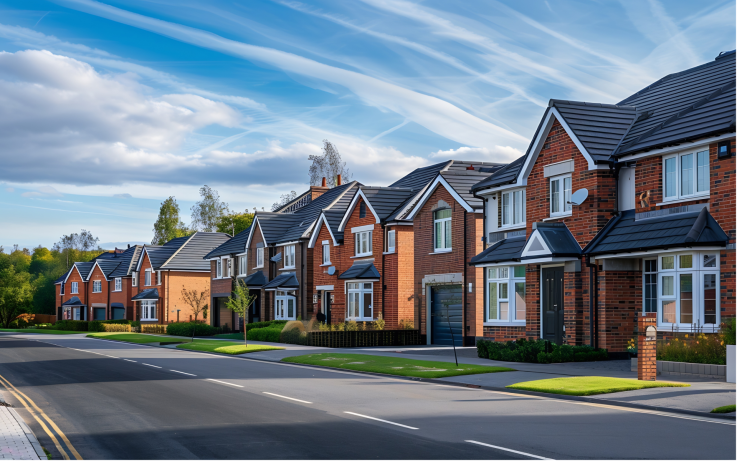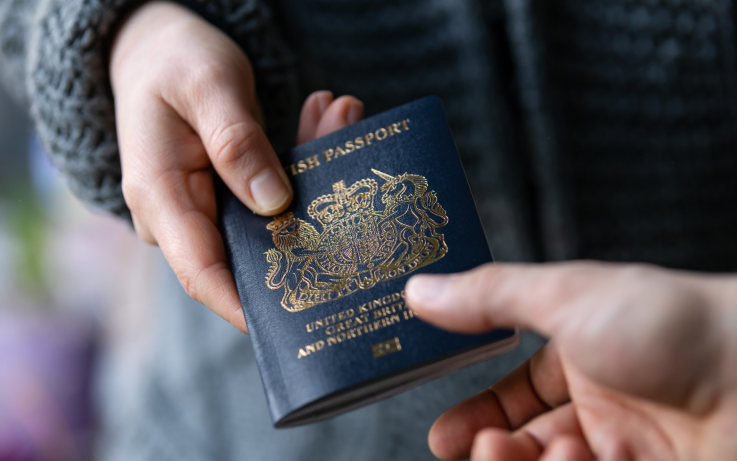Sustainable living – environmentally friendly solutions for your home

It so happens that every person’s daily activities lead to a number of certain consequences. For example, we are used to using electricity, we are comfortable travelling by car and we all have some household waste to dispose of. However, we don’t always think about how much this pollutes the environment and creates a carbon footprint. More and more people around the world are now trying to adopt an environmentally friendly lifestyle. In this way, they not only care for themselves, but also take responsibility for future generations. You can contribute directly to the preservation of the environment by applying the tips from our article to your home.
Energy efficiency of your home
If you install your home to better retain the heat it receives, you’ll improve its energy efficiency rating and reduce your carbon footprint. This approach is also cost-effective for you and can significantly reduce your monthly utility bills. Please note that the UK has a specific government Insulation Programme that can help with home insulation.
When buying household appliances, pay attention to their energy efficiency rating, choosing the highest one. It is also important to remember to dispose of old appliances correctly. Local authorities usually provide information on collection points.
|
What will make your home energy efficient |
|
Using a heat pump instead of a boiler |
|
Thermal insulation of roof, attic, walls and floors |
|
Replacement of windows with double or triple glazed units |
|
Installation of solar panels |
|
Installing smart thermostats and switching to system heating control |
LEDs – the choice of future generations
The most environmentally friendly option for lighting the house and the surrounding area are LED lamps. They are chosen for a number of reasons:
- They last a long time, which reduces the amount of rubbish thrown away;
- require less energy to operate compared to other bulbs;
- do not contain mercury, i.e. much safer than previous lamp models.
Water saving
As you use water every day, you often don’t notice how many cubic metres of water you are wasting. However, each litre is directly linked to carbon dioxide emissions. This occurs during the operation of treatment plants, during the transport of clean water to the flat and its subsequent discharge. It is impossible to avoid these emissions altogether, but it is possible to reduce them, for example:
- Put water-saving nozzles on your taps and showers;
- switch on the timer while washing;
- In the kitchen, try to use the dishwasher with a full load;
- It is important to regularly check the serviceability of the various taps in the house and to repair leaks in good time;
- and don’t forget that brushing your teeth or shaving or shampooing your hands without turning off the tap uses about six litres of water per minute.
Plants are man’s best friends
Try having flowers at home and you’ll notice how your life will be transformed! After all, this simple method is useful in many areas at the same time, for example:
- indoor plants are an excellent natural air filter. They absorb carbon dioxide, provide fresh oxygen and directly reduce your carbon footprint;
- also certain house flowers are capable of absorbing volatile organic compounds (VOCs) such as benzene, xylene, trichloroethylene, ammonia and formaldehyde. Artificial furniture around us, building materials and cleaning products often contain these harmful substances that can lead to health problems;
- indoor plants help to maintain an optimal air temperature in your home through transpiration – the release of moisture. For example, you will feel more comfortable in a cooler room in the hot summer and the air will not be too dry in the winter;
- studies have proven that an abundance of green plants favourably affects the psychological state, improves mood and helps to concentrate when solving necessary tasks;
- By growing home flowers, you will be participating in the important process of maintaining overall biodiversity.
Natural materials in the interior of the house
The human body is so organised that it naturally reacts to the objects around it. That is why more and more often people choose products made of natural materials to furnish their homes. Such things are subconsciously associated with a sense of security, attract with their durability and help in creating a cosy atmosphere. There are many interesting items made of different types of stones, metals, wood, rattan and raffia. And a wide range of textiles made from wool, linen, leather, hemp and silk will not only help to fulfil design dreams, but also to support the environment.
Reusable items
Many things we are used to throwing away without thinking. For example, bags, most often can be saved and reused the next time you go to the shop, while refusing to buy new ones. If you hang a bag of bags close to the door, you will develop a useful habit of taking 1-2 with you when you leave the house. It is also worth analysing your household: there are likely to be many similar items that are usually sent to the rubbish bin instead of being reused.
A sensible attitude towards clothing
Clothes have a special place among things. Try to be more thoughtful about the process of choosing the necessary things, avoid buying those that can be used only once. If you have accumulated a large number of worn or unnecessary clothes, there are 2 most rational options for its use:
- try to sell;
- donate it to some foundation or orphanage.
This will help reduce both the energy used to make new clothes and the harmful emissions from decomposing clothes in landfill. Usually, only clothes that have completely blown out end up in the landfill. However, if the fabric is natural, it can be disposed of in a compost pit.
Gardening
Having your own plot of land is a huge opportunity for an eco-friendly lifestyle. Proper soil care helps in both producing wonderful plants and vegetables, as well as storing a lot of carbon and water in a harmonious way. Also having your own garden comes with many benefits and here are some of them:
- The plants you grow are directly involved in reducing the level of carbon dioxide in the air;
- you have the option of deciding not to use peat on your site. In nature it is an important carbon sink and when peat is extracted it is released back into the air;
- Install rainwater harvesting to help reduce or completely replace tap water consumption for garden irrigation.
Is transport a friend or foe?
Using personal and public transport is very convenient, but almost always results in carbon emissions. Recently, many employers are willing to offer remote or partially remote work to their employees. It is worthwhile to find out more about this opportunity and take advantage of it.
Recommendations for an eco-friendly lifestyle
|
How I can make my life eco-friendly |
|
Take care of the energy efficiency of your home |
|
Use LED lighting and solar panels |
|
Control water consumption |
|
Green up your home, garden |
|
Choose natural materials for interiors, including recycled materials |
|
Reuse things, clothes |
|
Create compost, water the garden with rainwater |
|
Plan food consumption |
|
Use sustainable transport more often, work remotely if possible |
By making these simple and important changes to your home life and habits, you can significantly increase the eco-friendliness of your life. This is how your conscious choice will help keep our planet green and comfortable.
FAQs about sustainable living
How to conserve water for watering the garden:
- avoid using a sprinkler to irrigate your green space. If it is used, it can use up enough water in just one hour of operation to last a family with two children for a day;
- When it is necessary to use the hose, it should be equipped with a special trigger that doses the water flow;
- Rainwater that is collected in a special barrel is best for irrigation. You can also use water from washing fruit and vegetables, as well as water used in the kitchen for cooking before salt has been added;
- Young plants and seedlings do need regular watering, whereas mature plants with strong roots can do without it for longer;
- applying special water-retaining crystals to the soil helps to water the garden less frequently;
- a well-planned garden plot promotes efficient water use. For example, new trees and shrubs planted with special eco-friendly shelters will retain more moisture and experience the least damage from weeds;
- Do not forget to apply mulch, compost to retain water in the soil;
- For lawns, it is better to choose grasses that tolerate dry conditions well, e.g. fescue or meadow grass. This simple rule also applies to taller plants, trees.
Which indoor flowers are useful?
Numerous studies have proven that the more plants in your home, the fresher and cleaner the air. This is due to the fact that they absorb carbon dioxide and dust and release oxygen in return. Some other indoor flowers such as Sansevieria, Spathiphyllum, Spider plant, Golden Potus and others are also good for dealing with various toxins in our home.
A variety of ficus, cacti, Aloe vera and a number of other flowers, help to neutralise electromagnetic radiation from household appliances.
Lavender, Jasmine, Valerian and other green friends of ours are used to normalise blood pressure and improve sleep quality. In order to choose the right flowers, it is worth consulting an experienced florist. This way you can enjoy the benefits and beauty of indoor plants in your home.







